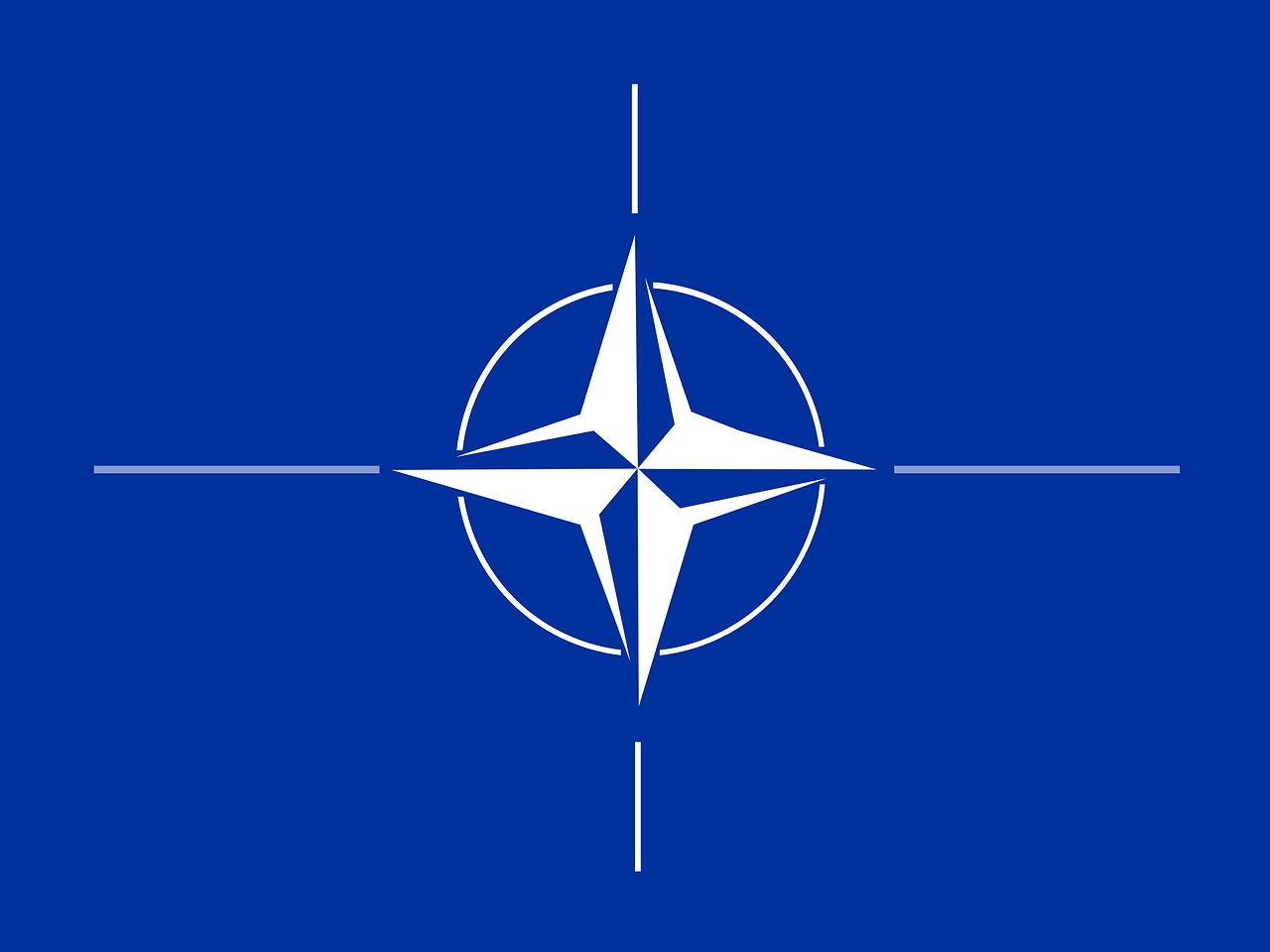Learn about the history of NATO
A political-military coalition that would protect Europe from the Soviet bloc

Once the Second World War ended, it was obvious that the world's political-military system had become a bipolar system, commanded by the two former allied powers in that conflict, namely: the United States and the Soviet Union.
Soviet power made Western nations and powers suspicious, creating the North Atlantic Treaty Organization to protect each other militarily.
In this sense, NATO consists of a political-military coalition, where each of the members supports the organization militarily and financially, in exchange for receiving military aid if necessary.
As a result of the conflict between Russia and Ukraine, it has become known that NATO has been a source of contention between the Russian government and Western nations, in a diplomatic confrontation that has lasted several years, but that in recent weeks has escalated to this war conflict.
Although it is true that Ukraine is not part of this coalition, its proximity to NATO has been taken by the Kremlin as a threat, which, along with other reasons, has triggered the war that is being experienced in this part of Europe.
History of NATO, how and why was the organization created?
Necessity of union
After the end of the Second World War in 1945, Western Europe was devastated by the war, with the countries trying to recompose themselves in all aspects, and weighing on them the military tutelage of the United States, who was in charge of defending them militarily.
As we indicated above, the world after this war episode had become bipolar, with two countries claiming world hegemony ; the United States in the Western Hemisphere and the Soviet Union in the Eastern.
In this area of confrontation that would start the so-called Cold War, the European continent would be the first game board, where both powers began to make their maneuvers.
The United States had in mind a political strategy in Western Europe, where it would provide technical and economic support to countries such as the United Kingdom, France, Italy and Germany, under the program known as the Marshall Plan, which began in 1947.
For its part, the Soviet Union would try to increase its sphere of political influence, in the territories of Czechoslovakia, Greece, Turkey and Norway; which would provoke more energetic actions on the western side, to deal with Soviet threats.
1949 would be the year of total rupture, the real beginning of the Cold War, with the separation of Germany into two blocks, and the creation of political-military organizations, such as NATO.
The 12 Western Allies
The antecedent of NATO, it could be said, was the Western European Union, which in 1948 under the Treaty of Brussels, would agree to a military collaboration between France, Belgium, the United Kingdom, Luxembourg and the Netherlands.
However, they would soon see the need to increase the number of allies, including the United States and other countries.
As the Western European Union needed more powerful allies, and the United States worried about Soviet influence; NATO would be created in 1949 when the Washington Treaty was signed by 12 member countries.
This treaty stipulated the military collaboration between the member countries, in case of an attack event.
It should be based on the Charter of the United Nations, where, among other things, the conditions of war, maritime rights, the way to avoid war, etc. are determined.
The countries that signed the Washington Treaty in 1949 were:
United States, United Kingdom, France, Belgium, Luxembourg, Netherlands, Canada, Denmark, Iceland, Italy, Norway and Portugal.
The Cold War years
Early years of NATO
During the organization's early years, Greece and Turkey would join in 1952, causing concern within the Soviet sphere.
This concern was due to the military influence of the West near the Soviet borders, leading the Kremlin government to propose its annexation to NATO in 1954, its request being rejected.
It is probable that within the causes to reject the request of the USSR, there was the influence within the UN, where the Soviet Union, with its power to veto some decisions, stopped the American and Western initiatives to confront the Soviets.
However, this incorporation went against the very purpose of NATO.
The Soviet response, the Warsaw Pact
In response to Western refusal to allow the USSR to join NATO, the Soviet Union would create its own organization to confront the military power of the West, incorporating the countries of the Eastern European socialist bloc.
The Warsaw Pact would enter into force on May 14, 1955, waging numerous battles against the West in the context of the Cold War, where there would be no direct attacks between the two powers, but through countries and satellite states.
With the fall of the Berlin Wall in 1989, and the dissolution of the Soviet Union, the Warsaw Pact would come to an end in 1991.
NATO and the end of the Cold War
During the Cold War period, NATO and its allies remained united, but France's position had tested the role of the union; however, this union would continue to exist despite the problems.
An important moment in the history of NATO would come in 1991, with the fall of the Soviet Union, leaving the world under the domination of US hegemony, ending in turn, the socialist influence within the sphere of the global political world.
From this moment, meetings between former members of the USSR and NATO would begin, causing annexations of several countries that were part of the Soviet Union, between 1999 and 2004.
NATO participation in armed conflicts
Bosnia-Herzegovina conflict
In 1995, NATO would participate in its first war conflict since its foundation, when the crisis caused by the fall of the USSR would cause the dissolution of Yugoslavia, creating a war conflict in that nation, between Bosnia-Herzegovina and Serbia.
Bosnia-Herzegovina was the new court state closest to the West, while the Serbian side remained faithful to the socialist ideology ; These sides would lead these territories to a civil war, where NATO would intervene, to stop the Serbs.
Their participation would be with air attacks, which would weaken the Serbian army, which, seeing itself lost, decided to make peace; largely thanks to NATO airstrikes.
On September 11, 2001
When the 9/11 attacks occurred in New York City, the United States activated NATO's article 5 defensive mechanism, causing the coalition of countries to intervene militarily in the fight against terrorism.
They participated in Afghanistan, to support the Afghan government in the reconstruction of the country, but they had to face the Afghan rebel forces.
NATO today
After this episode, Turkey requested three more interventions, in the framework of the war in Iraq in 2003, and twice for the civil war in Syria in 2011.
For its part, in 2014, Poland would ask to activate NATO's defensive measures, due to the crisis in the Crimean Peninsula and Russia.
In recent days, due to the conflict between Russia and Ukraine, NATO has once again been in the eye of the storm, carrying out military exercises on the borders with Ukraine, and showing Russia that it would be prepared for any action.
On the other hand, Ukraine does not belong to NATO although it has had approaches, however, several member countries have supported Ukraine with weapons, ammunition and money, to face the Russian invasion of its territory.
